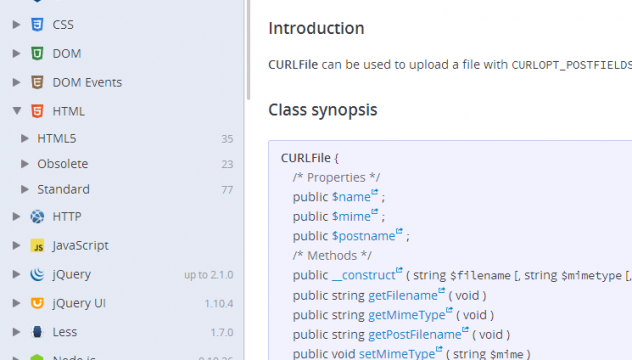http://matthewmattingly.com/sites/default/files/hor-ratio%20instructions%2013.pdf
o is a pocket reference and proportional protractor for artists, designers, art historians, or anyone interested in systems of proportion. It enables the creation, scaling and measurement of rectangular ratios, making it easy to experiment with proportional combinations for new works or to test hypotheses about the composition of existing works.
On grids and proportional design
After loosing the edge that inspired me for years, the site A List Apart surprised me with this article with all glory and newness of the old days.
Warning: the article is clear but the subject is complex!
I assume you have visited a few conferences, maybe spoken at some, but have organised none. Thus you’ll have a pretty good idea of what you want to achieve, but haven’t yet found out about all the little details that make a good conference a great one. That’s what this handbook is going to teach you.
They have some good free lessons.
Drawspace is more than just another art website; we are an international community of over 320,000 drawing enthusiasts, professional artists, art educators, and authors of art books. Check out our huge (and continuously growing) library of free, downloadable, high-quality lessons authored by world-renowned artists, art educators, and authors (no registration or log-in needed).
Visit at http://www.drawspace.com/
http://www.promisejs.org/intro/
We want our code to be asynchronous, because if we write synchronous code then the user interface will lock up (in client side applications) or no requests will get handled (in server applications). One way to solve this problem is threads, but they create their own problems and are not supported in JavaScript.
One of the simplest ways to make functions asynchronous is to accept a callback function. This is what node.js does (at time of writing). This works, but has a number of issues.
- You lose the separation of inputs and outputs to a function since the callback must be passed as an input
- It is difficult to compose multiple serial or parallel operations
- You lose a lot of helpful debugging information and error handling ability relating to stack traces and the bubbling up of exceptions
- You can no longer use the built in control flow constructs and they must all be re-invented to work asynchronously.
Many APIs in the browser use some kind of event based model for control flow, which solves problem 1, but not problems 2 to 4.
Promises aim to solve issues 1 to 3 and can solve problem 4 in ES6 (with the use of generators).
http://www.phptherightway.com/
There’s a lot of outdated information on the Web that leads new PHP users astray, propagating bad practices and insecure code. PHP: The Right Way is an easy-to-read, quick reference for PHP popular coding standards, links to authoritative tutorials around the Web and what the contributors consider to be best practices at the present time.
There is no canonical way to use PHP. This website aims to introduce new PHP developers to some topics which they may not discover until it is too late, and aims to give seasoned pros some fresh ideas on those topics they’ve been doing for years without ever reconsidering. This website will also not tell you which tools to use, but instead offer suggestions for multiple options, when possible explaining the differences in approach and use-case.
This is a living document and will continue to be updated with more helpful information and examples as they become available.

